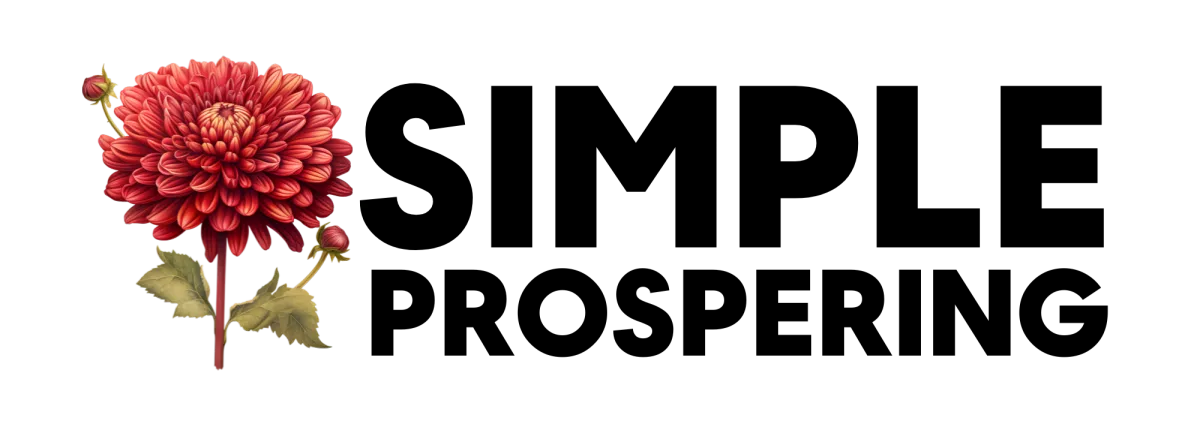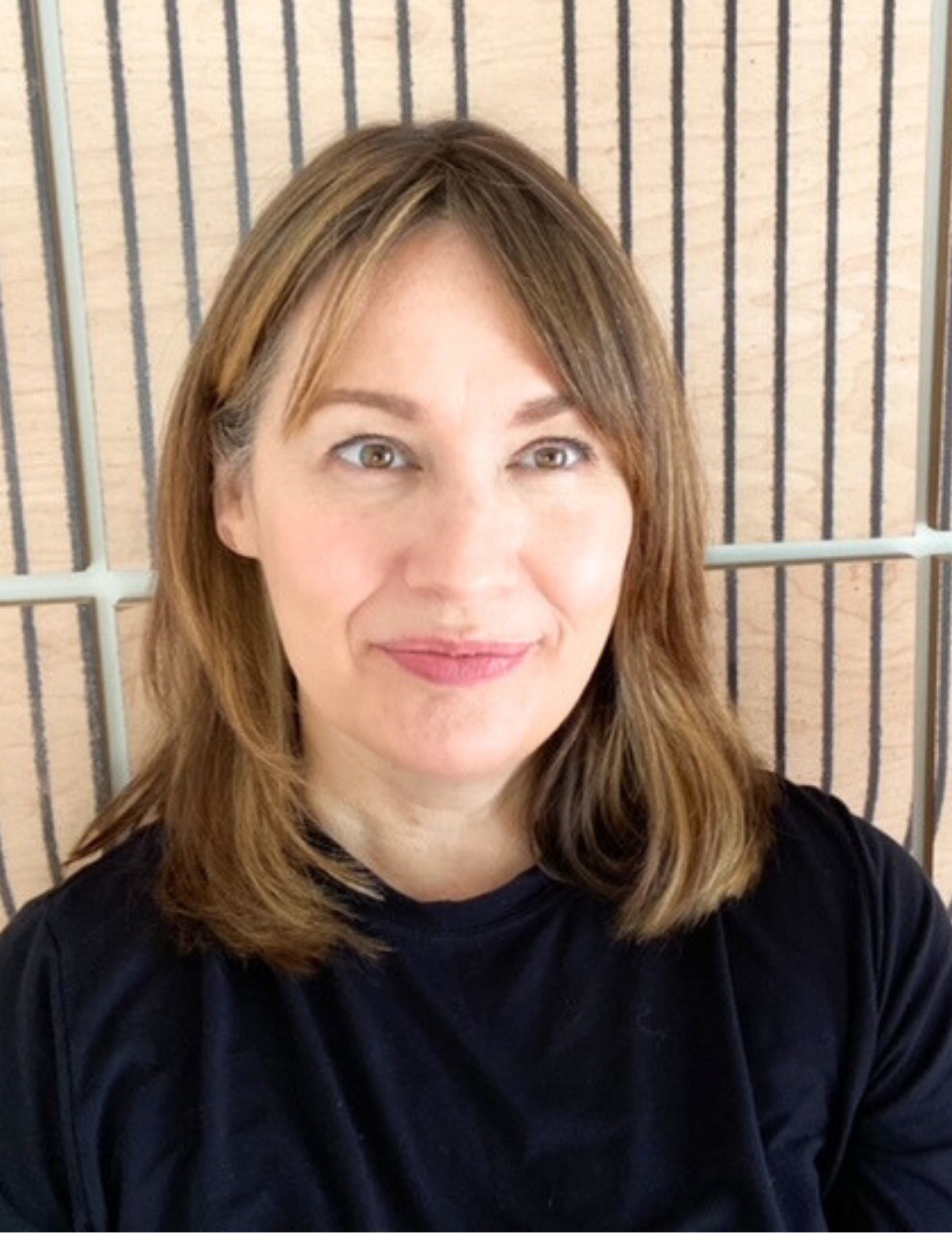Heavier Lift vs. Lighter Lift
Listen in here, or on your podcast player of choice.
Or read the episode as an article below:
Today’s episode is actually pulled from a lesson that exists within the Business Model Buffet, which is the bonus course that comes with the Healing Arts Practice Incubator (HAPI). So if you hear me say things like “lesson 1” and “lesson 2” and refer to workbooks, that's why.
But the content in this lesson contains some really good nuggets, so I wanted to pull it into the podcast (now blog article…).
The business model buffet is what it sounds like kind, I guess, except that you aren't eating anything. In the course, what's at “the buffet” are business models that people in the healing arts can use to deliver their expertise or service.
In the course I cover the one that we're all familiar with, private practice, and which I, if you haven't heard me say it before, I think is a fantastic business model. I do not necessarily think we need to try something different. But some of us do and some of us are well suited to that, as are our offerings.
The other things I cover in the Business Model Buffet are: private practice, group practice, running a center or studio, signature courses, hosting retreats or events, individualized subscriptions (or said another way, productized services), non-individualized subscriptions (or said another way, membership offerings. And of course, mix and match hybrids of all of the above.
The reason why I'm making this lesson in Business Model Buffet into a podcast episode is because it foregrounds the reality that some businesses are just harder to start and to run long term than others.
And often, whether you personally experience a business model as a lighter lift or a heavier lift will come down to your individual circumstances: your strengths, your gifts, your interests, how you personally like to work, what parts of your work you like to do, what parts you do not like to do. And then as always, your particular resources of time, energy, and money at the particular moment in your life when you are starting up something new.
In the most recent podcast episodes, I've been talking about the life cycle of a healing arts business (you can revisit episode 22 if you missed that), and about if and when we should consider branching out from private practice (episode 23 if you want to revisit that information).
Today I’m talking about another important puzzle piece to have in the mix as we venture into thinking about and talking about business models.
Having humane work lives that take good care of us, rather than drain us or burden us, is a core value of mine and something I want to put more of into the world.
And a lot of how we experience our business comes down to understanding what is a lighter lift for you versus a heavier lift.
So all of that said, onto the lesson now, just to note that within this, I also mention The Unsexy Money course which is now renamed the Practice Finances course within HAPI. I think only I found the name, the Unsexy Money Course delightfully hilarious, so I switched it to something much more straightforward and pragmatic.
Last thing: just a note, cough, cough, that all of this: the Practice Building Course, the Practice Finances Course, and the Business Model Buffet are all bundled together within the Healing Arts Practice Incubator, or HAPI for short.
What follows is a transcript from lesson 2 in the Business Model Buffet:
In lesson one, we talked about how this buffet is not all-you-can-eat. We're not going to go into squirrel mode. We're going to be in oak tree mode. And if you have no idea what I'm talking about, make sure to watch lesson one.
In this lesson, which is our last “framing the course” lesson before we start digging in at the buffet, we're going to talk about understanding The Dip.
This comes from Seth Godin, from his book titled The Dip.
In the book he says, “Every skill worth getting good at has a dip in the middle. The dip is when the going gets tough, it is when you stop making easy progress and when your growth slows you a crawl, the dip is when you're most likely to give up.”
My very distilled take on the book The Dip, which I read so long ago when it first came out (and I have all kinds of thoughts and feelings on it now), but what I want to bring into this course that I hope you can have as a takeaway is that it advocates for quitting in advance. That quitting is not bad or wrong.
It's sometimes really smart to quit, but it's better if we can quit in advance. Meaning before we've already put in tons of labor, time, energy, love, care, money… all the things that we do to start a business, right?
And the way that we quit in advance is by taking the time to understand, or to ask ourselves, “In this business model, what dip would I need to cross for me to pull it off? For this business to thrive and grow and sustain me?”
You need to understand what the dip is for any business model, combined with knowing yourself: your strengths and interests and your career capital, (which we'll talk about a bit more soon too).
Then you can ask yourself, “Am I up for crossing this dip, or am I not up for crossing it?” In other words, there are business offerings that are easier to get going and to maintain long term, and there are business offerings that are harder.
What do you have the resources for? Because a lot of that depends on each individual. It mostly depends on the individual who's starting the business. We all have different strengths, interests, talents, backgrounds, skills. So the dip is going to be different for each one of us.
As you go through the business model buffet, when you're learning about all these different options that exist and thinking about how you could plug your expertise based service into that model, consider how big the dip will be for you based on your strengths and interests.
What comes naturally to you? What can you think of in terms of the activities of running your business and marketing your business that you just love comes to you really naturally?
And then conversely, what would you be fine with never doing again? What are things you only do based on a “should”, meaning everyone is telling you what you “should be doing” and so you force yourself to go through the motions.
Also consider the dip based on your career capital.
Career capital just means what you already have: what is your training, your expertise? What are you licensed or certified in? What do you already know how to deliver to clients? In other words, are you starting where you are or are there many big steps between here and launching your offering?
For example, if you come up with an idea through the business model buffet, and then you realize, “Well, first I'm going to get my master's degree and then those two other certifications, and then I'm going to buy a building that I can host this center in….” Those are many, many, many big steps in between where you are and the idea that you have for the business model.
The only way anything ever happens is that we start where we are. What is the ground that's already under your feet? What can you move on now? And then of course we can have ideas about the long term future, but the only way that those ideas come to pass is we take one step at a time based on what we already have, where we already are.
Consider what the amount of time will be that you spend delivering the service. In service providing businesses, there are many different ways to structure them. In some, we spend 90% of our time actually delivering the service, meaning working with or producing something for the client.
If you really like to deliver the service, you're going to want a business model that allows you to do more of that.
Think through how you prefer to spend your time. For example, on the other side of that equation is thinking through how much time you will need to spend on marketing. Different business models have really different needs in terms of how much energy you need to put into marketing.
There's no such thing as zero marketing unless you're in a really mature business, right? In this case, you can have tons of word of mouth referrals feeding you, but the way you got tons of word of mouth is via all the work you did before that generated its own momentum, right?
There's no such thing as zero marketing for a business in general. You have to do it at some point. And in some business models, you have to do it forever based on how many leads that business needs? Is it a one to many model where you actually just have to connect with a larger volume of people?
Also think through how often that model needs to bring in new leads? If you are you working with people in a recurring way, for example, with a psychotherapy private practice is is very commonly like that. You're not going to have a lot of turnover, and you're going to have long term relationships with your clients.
Or does the model have short term relationships with your clients? For example, when I produce a website for a client, I write the copy, I make the brand identity, I make the site, but then it's theirs. So then I have to have a new client in order to do another project like that. Meaning, there is a higher volume of leads needed for that model.
Also consider- and this is important because as I said in lesson one, business models produce revenue. They don’t just deliver value.
So with all those other factors considered first, consider then, if this business model is likely to take good care of you financially. What I usually see from people is that they haven’t taken into consideration the numbers- so you have to slow down and think through: “Is this actually going to be profitable?”
We don't do the math on that in this course, although I do have the Unsexy Money Course (now Practice Finances), which you can take a look at if you want help going through the math.
As you head into the Business Model buffet, be sure to use the brainstorming workbook that comes with this course, you receive with the course. Take in all the information, let all of the juicy, fun, creative ideas pop like popcorn. And then the brainstorming workbook will help you, think through some of these, some of these issues to help you determine what kind of dip you’re going to have to cross to get your business off the ground.

